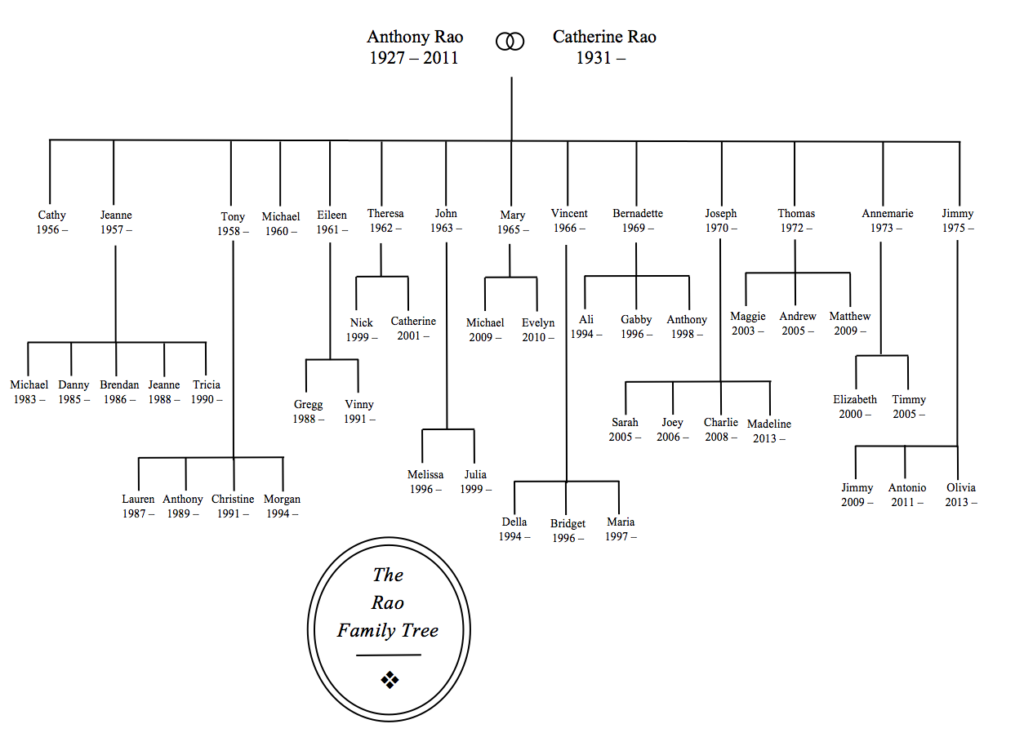This semester we looked (albeit it somewhat briefly) at maps and how they had the ability to tell stories through a cycle of memory and forgetting and even had the power to give a narrative perspective to all types of places and locations. I had never spent much time looking at maps before my experiences in this class, as I, with only a little bit of shame, admit that I am closely tethered to my exclusively Internet accessible Google Maps safety rope whenever I am in a new place or need directions somewhere. To be quite honest, I have memories of scoffing to my friends and housemates when I found out that the book list for this class included a couple of real paper atlases. My fondness for maps was limited, to say the least, before we dove into texts such as, Unfathomable City: A New Orleans Atlas.
Continue reading “A (Brief) Tribute To My Experience With Maps This Semester”

